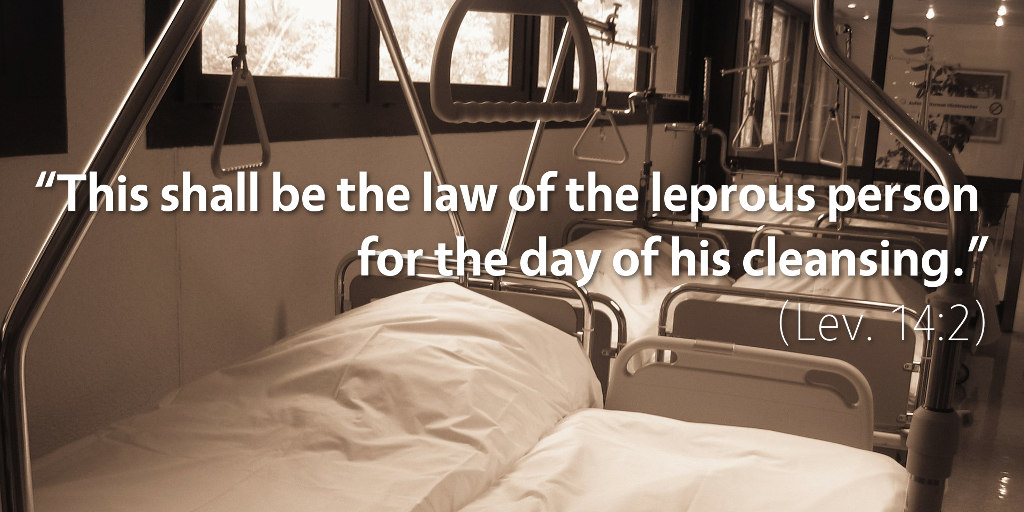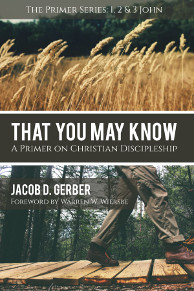Bible Readings for April 10th
Leviticus 14 | Psalm 17 | Proverbs 28 | 2 Thessalonians 2
Because of the connection of leprosy to sin and death—as we discussed in yesterday’s meditation—anyone with a skin disease had to remain outside the camp of Israel until their condition was healed (Lev. 13:45–46). In Leviticus 14, Yahweh gives Moses instructions for how someone suffering from leprosy could be cleansed in order to be reconciled back into the camp of Israel.
First, the leprous person had to present himself or herself to a priest, who would examine the person’s skin to ensure that the disease had, in fact, been healed. It is important to note that the priest did not have the ability to heal but only the authority to evaluate whether a person had already been healed.
Second, if the disease had been healed, then the healed person must be cleansed. The cleansing process involved sprinkling with sacrificial blood and water (Lev. 14:6–7), shaving off all of the person’s hair (Lev. 14:8–9), anointing with oil (Lev. 14:15–18), and four sacrifices: a grain offering, a guilt offering, a sin offering, and a burnt offering (Lev. 14:10–20). These rituals illustrate the full range of corruption for the victims of this disease, as well as the completeness of their purification before Yahweh.
One of the more intriguing parts of this process is the use of two birds in Leviticus 14:4–7. The priests would kill one of the birds and use its blood along with clean water to sprinkle on the person who was cleansed, and the other bird would be released in the open field. The significance of this ceremony is that one animal dies as a sacrifice (“this life in exchange for yours”), while the other animal carries away the disease when it is set free, and it is very similar to what we will see in Leviticus 16 prescribed for the Day of Atonement.1
We should glean at least two principles from this ceremony. First, while we certainly recognize some of the evil of sin, disease, and death, we should see from all this that Yahweh recognizes far more of the horror of the fall. We cannot comprehend our own depravity.
Second, this process for cleansing a leper is a perfect summary of the strengths and weaknesses of the law. On the one hand, not a single step is neglected for the purification of someone who had been healed, but on the other hand, the law carries with it no provision whatsoever to heal.
If the human race hadn’t been helplessly enslaved in bondage to sin, then the law might have been an option for us to live through our obedience. But because we were dead in our sins and transgressions, Jesus Christ came to save sinners—not those who were well, but as the Great Physician to heal terminally sin-sick people (Mark 2:17).
1 Allen P. Ross, Holiness to the LORD: A Guide to the Exposition of the Book of Leviticus (Grand Rapids, MI: Baker Academic, 2002), 288–89.
Podcast: Play in new window | Download (4.9MB) | Embed
Subscribe: Apple Podcasts | RSS | More

Scripture quotations are from The Holy Bible, English Standard Version copyright © 2001 by Crossway Bibles, a division of Good News Publishers. Used by permission. All rights reserved.


